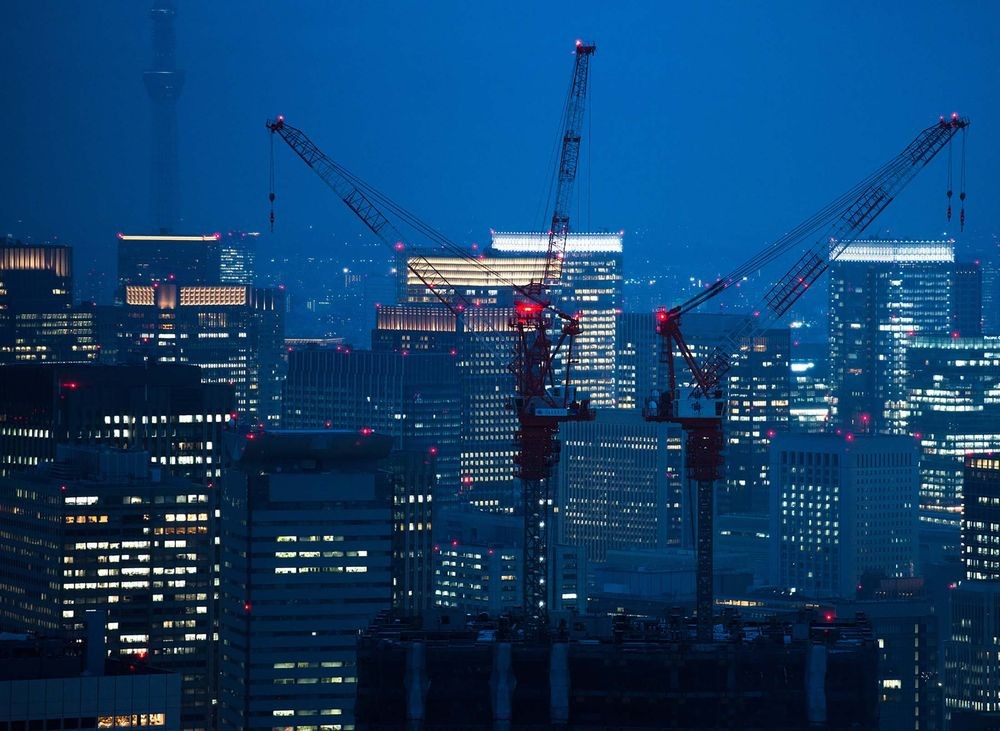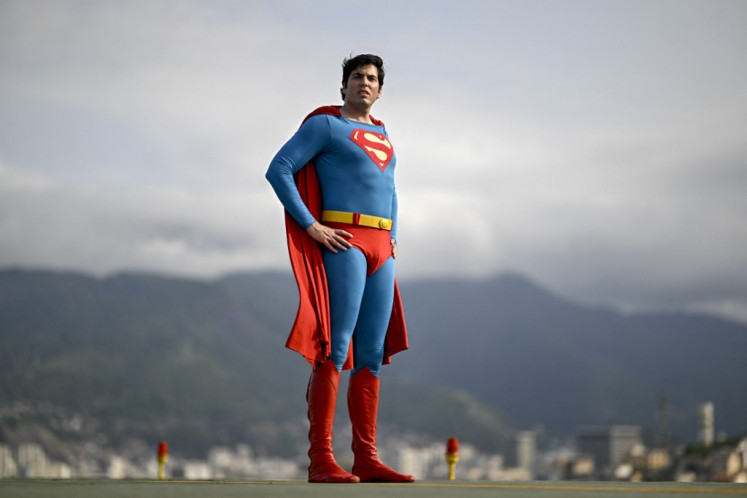Tokyo's skyline set to see 45 new skyscrapers by 2020 Olympics
Change Size
 Cranes stand on a building under construction at night in Tokyo. (Bloomberg/Noriko Hayashi)
Cranes stand on a building under construction at night in Tokyo. (Bloomberg/Noriko Hayashi)
T
okyo’s skyline is set to welcome 45 new skyscrapers by the time city hosts the Olympics in 2020, as a surge of buildings planned in the early years of Abenomics near completion.
Japan’s capital will see nearly 50 percent more new high-rise space in the next three years than it did in the preceding three, Toyokazu Imazeki, chief analyst at office leasing and consulting firm Sanko Estate Co Ltd., said in an interview. He said the increase was fueled by the fiscal expansion and monetary easing under Abe’s economic program, launched after his election in late 2012.
“This marks the timing for completion of buildings planned from about 2013 when developers were expecting the economy to expand,” said Imazeki. The increase in building was supported not only by Abe’s expansionary policies but also Japan’s ultra-low interest rates, he said.
Read also: Olympics: Anime characters turn ambassadors for Tokyo 2020
New leaseable office space in buildings with floors of over 661 square-meters in the three central wards in Tokyo will rise to about 1.8 million square-meters in 2020 from 1.2 million square-meters in the three years to 2017, Imazeki said. As well as properties in areas such as the Marunouchi district near Tokyo Station, a 41-floor new main building at the iconic Hotel Okura is scheduled for completion in 2019.
Seventy-five percent of new constructions in the 2016-2018 period will be in the central Chiyoda, Chuo and Minato wards, compared to 61 percent from 2011 to 2015, according to Mori Building Co Ltd. research.
“Most of the buildings are centered on the three prime areas in central Tokyo,” said Takashi Ishizawa, a senior researcher at Mizuho Securities. “This could heat up competition for tenants in other areas of the city” as office occupiers are drawn to the premier locations, he said.
Ishizawa added there will be demand tied to Tokyo’s hosting of the Olympics.









